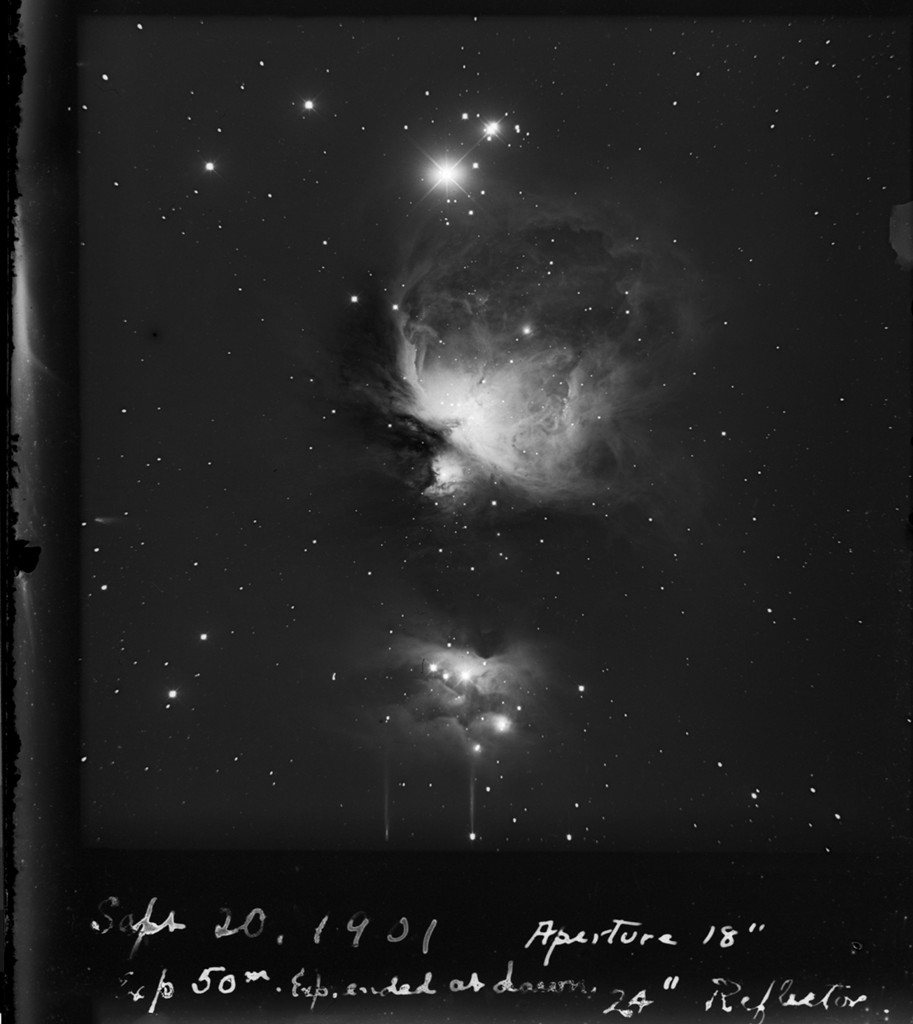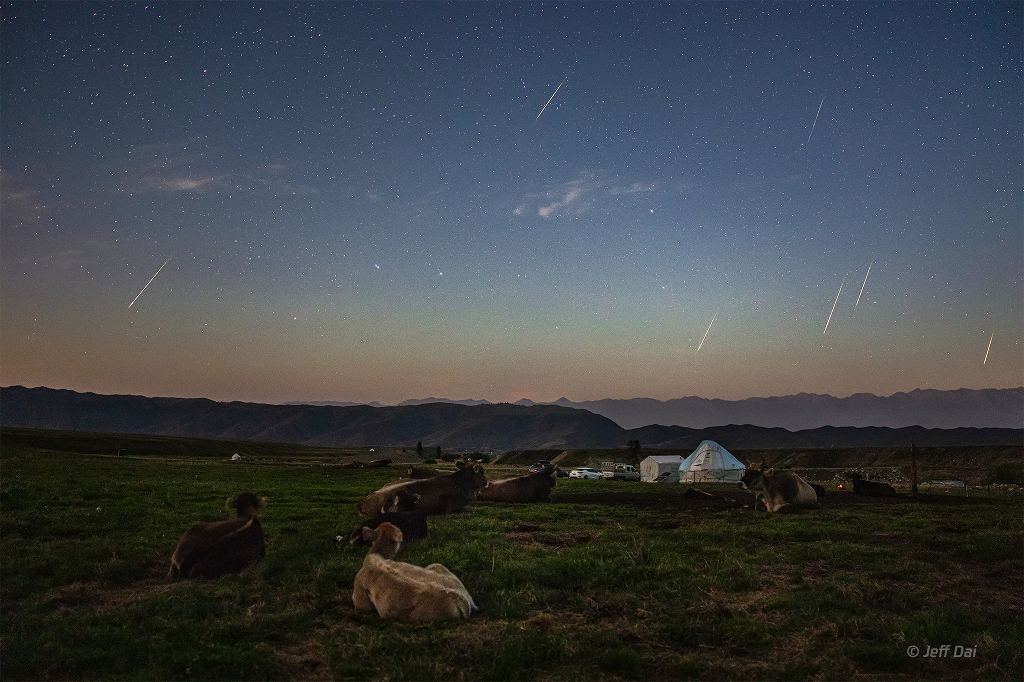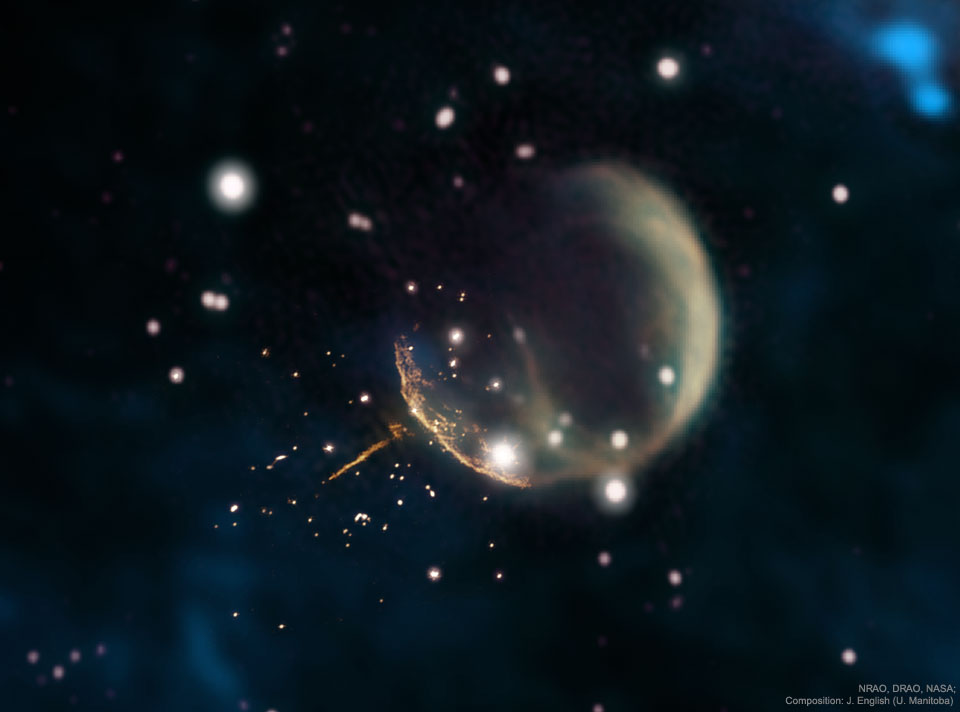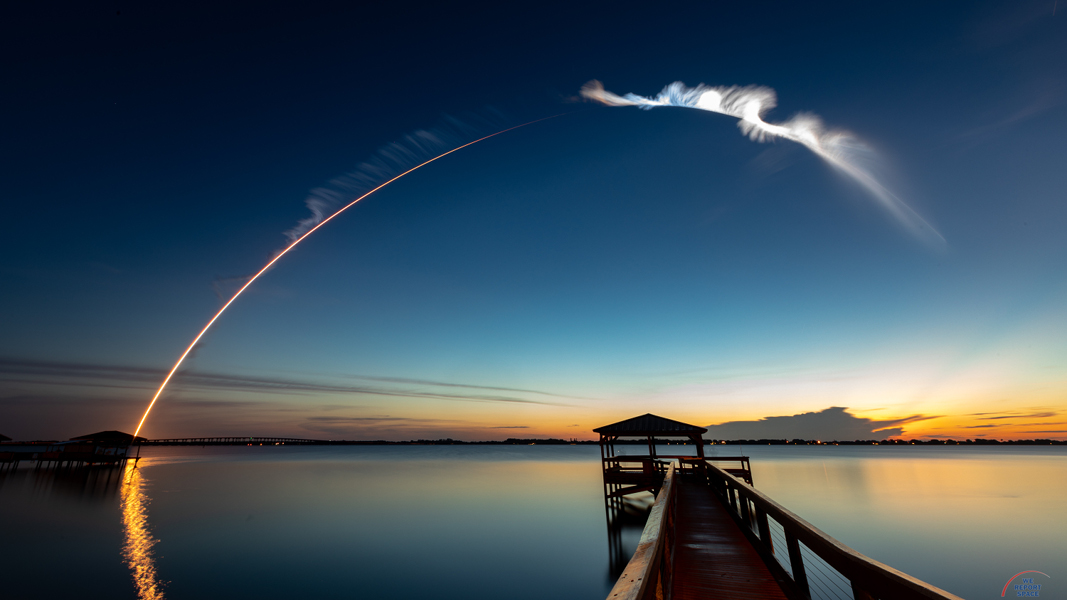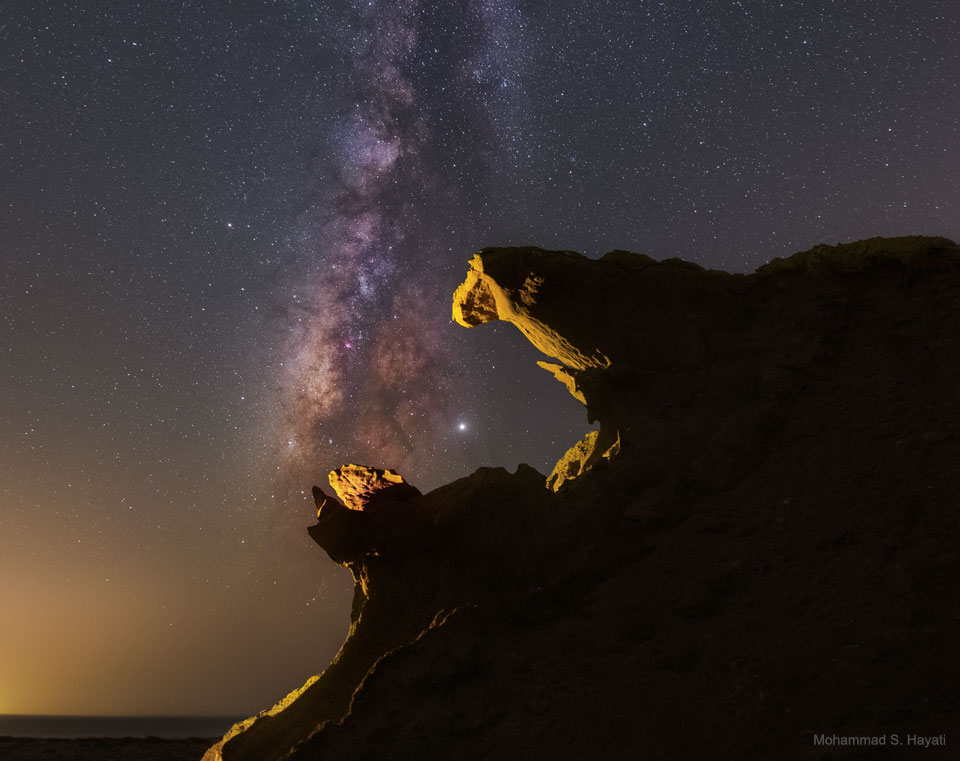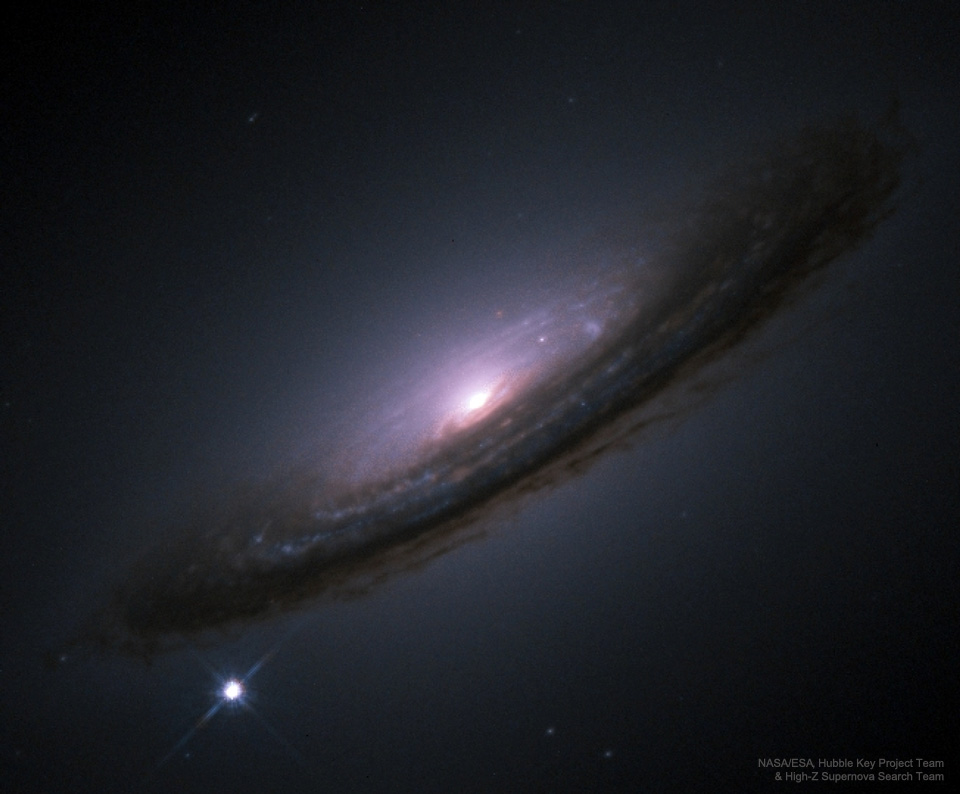Consommer régulièrement des aliments riches en flavonoïdes (antioxydants), tels que les pommes et le thé, et faire preuve de modération voire d’abstinence en matière d’alcool et de tabac. Voilà peut-être la clé d’une vie plus longue et en meilleure santé.
C’est en tout cas ce que suggère une nouvelle étude, publiée dans la revue Nature Communications et menée par des chercheurs australiens, de l’Université Edith Cowan. Une alimentation riche en flavonoïdes protègerait en effet des cancers et des maladies cardiovasculaires.
L’équipe s’est ici penchée sur les données d’une cohorte danoise sur l’alimentation, le cancer et la santé, comprenant 56 048 Danois, suivis pendant 23 ans. Les chercheurs ont alors constaté qu’une consommation modérée à élevée d’aliments riches en flavonoïdes (raisin, pommes, poires, thé, cacao…) était associée à un moindre risque de cancer ou de problèmes cardiaques.
“Ces résultats sont importants car ils mettent en évidence la possibilité de prévenir le cancer et les maladies cardiaques en encourageant la consommation d'aliments riches en flavonoïdes, en particulier chez les personnes à haut risque de contracter ces maladies chroniques”, à savoir les fumeurs et buveurs réguliers, a commenté le Dr Nicola Bondonno, principale auteure de l’étude. La chercheuse précise cependant que “ la consommation de flavonoïdes ne résout pas tout le risque accru de décès dû au tabagisme et à la consommation excessive d'alcool”. “La meilleure chose à faire pour sa santé est de loin de cesser de fumer et de réduire sa consommation d'alcool”, a-t-elle ajouté. Cela étant, comme le sevrage tabagique ou alcoolique peut être difficile, la scientifique estime qu’encourager la consommation de flavonoïdes pourrait être un moyen novateur d’atténuer ce sur-risque.
Dans leur étude, les chercheurs ont précisé que les participants consommant environ 500 mg de flavonoïdes par jour présentaient le risque le plus faible de décès par cancer ou problème cardiaque. Cette quantité serait assez facilement atteignable, avec par exemple : une tasse de thé, une pomme, une orange, 100 g de myrtilles et 100 g de brocolis.
Pour les auteurs, qui comptent poursuivre leurs recherches, c’est le caractère anti-inflammatoire des flavonoïdes et leur capacité à améliorer la fonction des vaisseaux sanguins qui expliqueraient leurs effets protecteurs.
Santé Magazine - France

